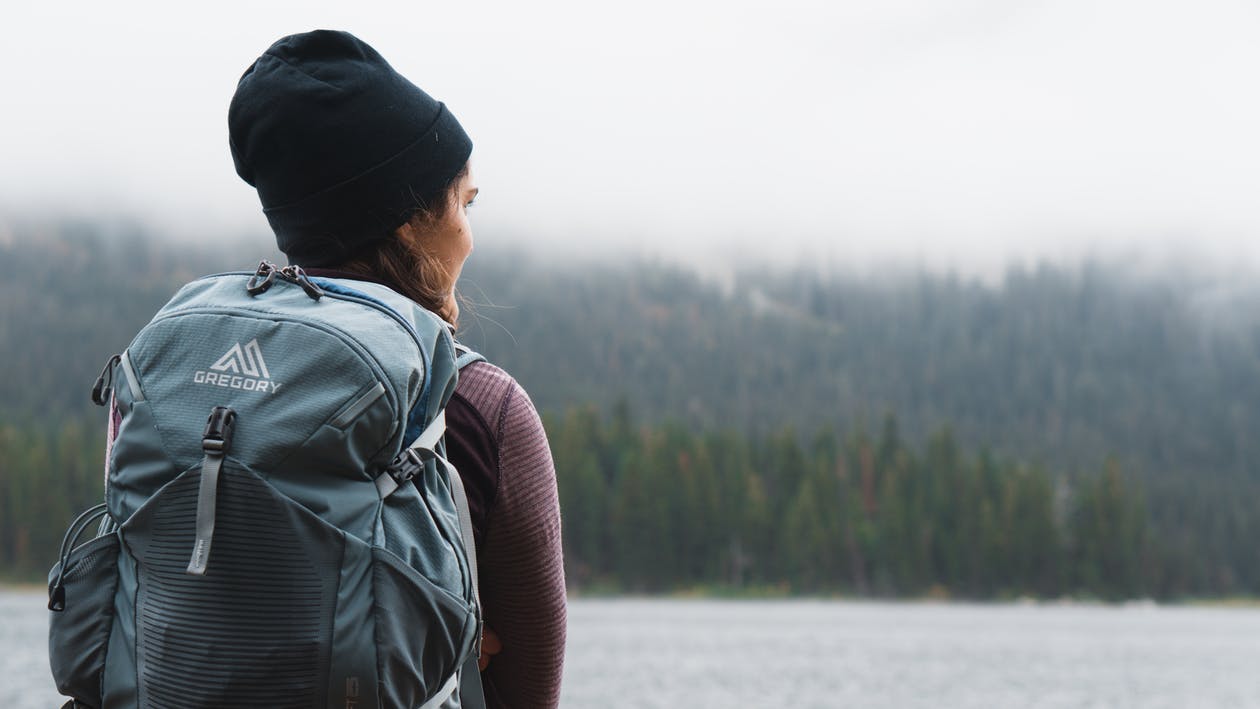Okay, you’ve graduated from the kiddie hikes around the pond and are just beginning to embark on longer, more rigorous hikes. You’ve graduated from the three-milers around a lake to traversing mountaintops. You’ve probably even invested in a good pair of hiking boots, water-wicking socks, and the fancy hydration pack with plenty of room for water. But you’ve forgotten one vital step: a first-aid kit. It’s better safe than sorry, and this is an essential item to keep in your hiking gear. Here are six tools you should include in it.
1. Bandages and Gauze Pads
Cuts and scrapes happen, and it’s better to wrap up open wounds rather than let blood dribble down your leg. You want to do your best to avoid infection, so you’ll want to do your best to close up those wounds quickly.
2. Antibiotic Spray or Wipes
Before wrapping a wound up, you’ll need to spray or wipe it down with something that removes the dirt, bacteria, and germs from the cut. A spray like Neosporin or any kind of antiseptic wipe, ideally which are BZK-based, will do a great job sterilizing an injury.
3. Bug Bite Relief
Bug bites happen, and long-term itchiness and scratching is no fun. Keep something like bite away in your first-aid kit to ameliorate the effects of mosquitos or other pesky critters. That being said, it’s also useful to keep a bug spray on you — but some insects are just too clever to let a spray stop them.
4. Tweezers
A nasty splinter can also quickly ruin a trip, A pair of fine-point tweezers, however, can dig out a splinter from your hands or feet before it gets stuck in too deep. If you have children with you on your hiking trip, they’re especially vulnerable to splinters, and definitely don’t have the patience you might have for them, to boot.
5. A First-Aid Manual
If your worst-case scenario somehow happens, it’s always better to have some kind of guidebook for different situations ready. Of course, no one hopes that a serious injury happens on a hike, but unfortunately, it sometimes does — and if you have a manual and some basic supplies, you’ll be able to mitigate the worst of the problem early and quickly.
Of course, this isn’t an exhaustive list, and you should certainly do your own research to decide what deserves to be in your first-aid kit! With a little preparation, though, you’ll be assured of safer hiking trips in the future.

